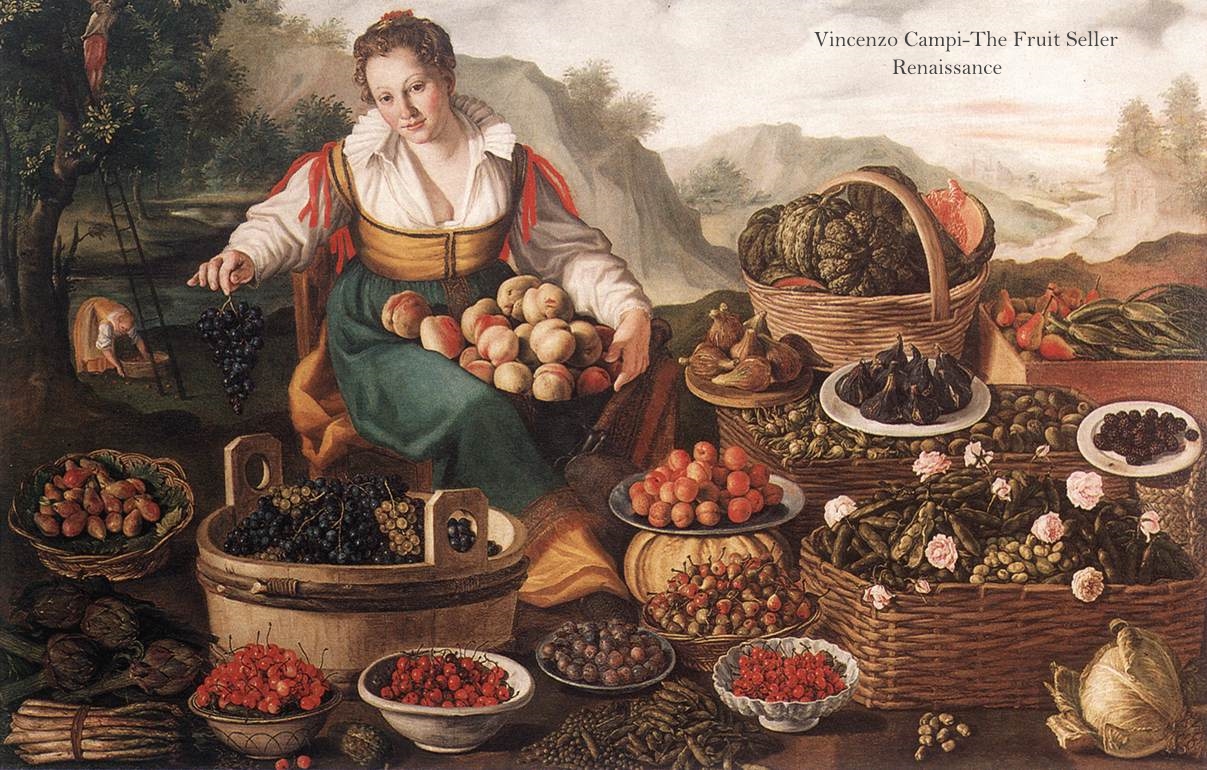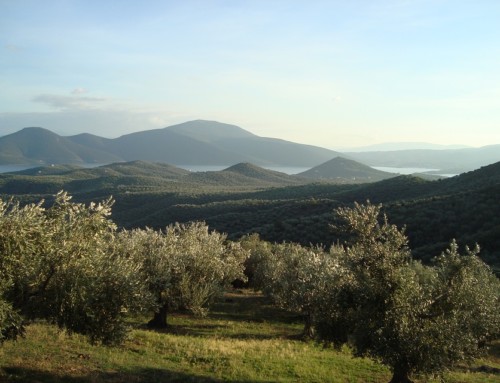The rapidly growing population and the change in climatic conditions brings agriculture development to the first page of the agenda of many governments and generates a frame of great business opportunities for investors
According to the Food and Agriculture Organization of the United Nations (FAO), the rate of growth in agricultural production is expected to fall to 1.5% between now and 2030 and further to 0.9% between 2030 and 2050, as compared with the 2.3% per year since 1961. Population estimates suggest that by 2050 the planet will be home to 9.1 billion persons, up from the current population of 6.8 billion. This represents a 34% increase over the next 41 years. These particular estimates suggest that in the future, with the supply of food not growing at the same pace with demand, upward pressure on prices could be a principal attribute of world food markets. In addition to high price levels, shocks, due to climatic or other reasons, can create wide price movements, as the food market may lack the capacity to absorb them. This adds to vulnerability and underlines the importance for supply to keep up with growing demand. Investment in agricultural productivity growth and resiliency in low income countries is paramount to addressing local food price volatility.
FAO estimates indicate that agricultural production would need to grow globally by 70% over the same period, and more specifically by almost 100% in developing countries, to feed the growing population. In the medium and longer term, only investment in developing countries’ agricultural sectors will result in sustainable increases in productivity, healthy markets, increased resilience to international price spikes and improved food security. Investments in infrastructure, extension services, education, as well as in research and development, can increase the food supply in developing countries and improve the functioning of local agricultural markets, resulting in less volatile prices.
However, the recent recession around the Globe and the unstable economic frame has created many conflicts in the agricultural industry in different nations and has slowed down investments. In many cases international funds are staying at a national level due to the financial turmoil. The supply side is facing limitations, as global productivity gains have been declining and farmland is being damaged by intense cultivation, soil degradation or transformed by urbanization and industrialization.
The Need for Investments in Rural Development
FAO estimates that an additional investment of USD 83 billion will be needed annually to close the gap between what low– and middle-income countries have invested each year over the last decade and what is needed by 2050. In other words, yearly investment in agriculture needs to rise by more than 50 percent.
Today, investment funds have, in some instances, been structured towards altruistic aims of combating hunger and poverty, but private sector investment fund managers are expecting to increase their benefit from investments in the agricultural sector in the medium and long term since demand for food and other agricultural products is expected to continue to increase. Particularly high population growth and longer life expectancies, as well as increases of the purchasing power of the population in some emerging economies and bio-energy consumption will contribute to this increasing demand.
Investing in agriculture is one of the most effective ways of promoting agricultural productivity, reducing poverty and enhancing environmental and social sustainability. Investing in agriculture should be a common point of interest and collaboration for the private and public sector even though for different purposes. Listed below are some of the main reasons as to why to invest in agriculture:
Reason #1: Grain inventories are falling to their lowest levels in more than 40 years
Reason #2: Grain consumption is on the rise
Reason #3: Biofuels mandates are driving demand up to new levels
Reason #4: Arable land per person is falling
Reason #5: Low water supplies cut down farm productivity
Reason #6: Population growth
Reason #7: Protein diets (meat protein as opposed to vegetable protein)
Reason #9: Rising incomes and increased affluence
Reason #10: Climatic effects on production
Reason #11: Water supply/scarcity
Reason #12: Aging population of farmers
Reason #13: Energy costs, which are 87% correlated with agricultural prices
Reason #14: A more developed agricultural sector enhances food security
Reason #15: There is significant social opposition to biotech and GMO innovation
Reason #17: Decline of the agricultural yield in the Middle East due to a reduced water supply and the depletion of aquifers
Improving the Global Investment Climate
Governments have a major role in supporting a positive investment climatethat is conducive to private investment in agriculture. The elements of a good general investment climate are well known, and many of the same factors are equally or more important in the enabling environment for agriculture.
Good governance, macroeconomic stability, transparent and stable trade policies, effective market institutions and respect for property rights. Governments also influence the market incentives for investment in agriculture relative to other sectors through support or taxation of the agriculture sector, exchange rates and trade policies, so care must be taken to ensure equitable treatment of agriculture. Ensuring an appropriate framework for investment in agriculture also requires the incorporation of environmental costs and benefits into the economic incentives facing investors in agriculture and the establishment of mechanisms facilitating the transition tosustainable production systems.
To encourage investment in agriculture and rural development global institutions should provide:
- Technical and economic advice to governments on policies and legislation that influence public and private investment
- Capacity development of governments to design and execute multi-sector and multi-partner investment strategies aligned with their own priorities
- Assistance for countries to design, implement and evaluate investments, not only for agriculture and rural development, but also to meet the food and nutrition needs of their citizens
- Technical support to partner International Financing Institutions to leverage additional investment
- Support to the development and implementation of the countries’ agricultural, food security and nutrition investment strategies and plans
- Analysis of trends and impacts of foreign agricultural investment in developing countries
- Support to international consultations to develop principles for responsible agricultural investment
- Plans to strengthen the position of farmers and make a strategic point in the agribusiness industry in order to achieve the production of pure and secure food
- Mechanisms of connecting farmers with the food industry chain with better terms
- Strategies fostering an entrepreneurial environment in agriculture
- Pathways for maximizing the potential of plant breeding technologies
- Frameworks promoting closer international cooperation
Investing in agriculture for a better future involves more than simply accumulating physical capital in the sector, although this is part of the challenge; it requires building the institutions and human capacity that will allow the agriculture sector to contribute to a sustainable future.
It is also important to understand that private investment is essential if agriculture is to fulfil its vital function of contributing to economic development, poverty reduction and food security. Agricultural production needs to increase by at least 60% over the next 40 years to meet the rising demand for food resulting from world population growth, higher income levels and lifestyle changes. Given the limited scope for net area expansion, agricultural growth will rely mainly on new increases in productivity, supported in particular by private investment in physical, human and knowledge capital. Agricultural investment can help contain upward pressure on food prices in a context of rising land and water scarcity, thereby enhancing global food security.
Over the last decades a wide range of investors have been involved in the agricultural sector and policies should not only aim at increasing private investment in agriculture but also at ensuring that investments are sustainable. Domestic farmers, in particular smallholders in developing countries, are often the main source of private investment in primary agriculture. Large international investors also foster the accumulation of agricultural capital stocks in some countries. They can create employment and bring expertise, financing capacities and marketing networks to enhance the competitiveness of agricultural production and value chains. However, large-scale investments can also have adverse social and environmental impacts. Policies, laws and regulations must be well-designed and effectively implemented to ensure that such investments bring both economic and social benefits to the host country while guaranteeing a sustainable use of natural resources.
The Challenge of Fostering Investments in Agriculture
Globally, most of the best land is already being used in agriculture. Additionally the reduction of arable land and the declining trend in total factor productivity in agriculture and in food production in the US and Europe along with under-investment is shaping a completely new dimension to be faced by policy makers on a national and international level. Analysis of global agro-ecological zones’ data reveals that much of the additional arable land is in Latin America, sub-Saharan Africa, Russia, Ukraine and India but in some cases it is in remote locations, far from population centers and agricultural infrastructure and cannot be brought into production without investments in infrastructure development. Where the potential to expand agricultural land use exists, there is also competition from urban growth, industrial development, environmental reserves and recreational uses, while other areas are not readily accessible or are of poorer quality (FAO, 2011h). A recent FAO report warns of “the creeping degradation of the land and water systems that provide for global food security and rural livelihoods” (FAO , 2011h). Approximately 25 percent of the world’s agricultural land area is highly degraded. These pressures have reached critical levels in some areas, and climate change is expected to worsen the situation (IPCC, 2012; Easterling et al., 2007). There are also other serious resource constraints, especially concerning water.
The relative magnitude of investment flows from public and private sources clearly shows that private investment is the key to meeting future demand growth, achieving food security and making the transition to sustainable agriculture. But governments can only facilitate private investment by farmers and other investors. The question facing policy-makers therefore is: “What is required to ensure that adequate agricultural investments occur and that they meet the objectives of food security, poverty alleviation and environmental sustainability?”
Most of the investment, both in primary agriculture and downstream sectors, will have to come from private sources, primarily farmers themselves purchasing implements and machinery, improving soil fertility, etc. For a better functioning agricultural system and improved food security, three kinds of public investments are also needed:
Direct investment in agricultural research and development particularly on practices that enhance the resilience of small-scale agriculture towards climate change and resource scarcity
Investment in sectors strongly linked to agricultural productivity growth and to strengthening the integration of smallholders into markets, such as agricultural institutions, extension services, roads, ports, power, storage and irrigation systems
Non-agricultural investment to enhance the rural institutional environment and bring about positive impacts on human wellbeing, like investment in education, particularly of women, sanitation and clean water supply, and health care.
Farmers and prospective farmers will invest in agriculture only if their investments are profitable. Many types of public goods, such as the above mentioned, that make private investments financially viable can only be provided by the governments. Private sector investment also needs to be encouraged at all stages in the value chain – upstream of the farm, in seed and fertilizer production and distribution, and downstream in processing, marketing and distribution. Underlying competition problems that have led to the development of cartels or of monopsonistic/monopolistic market structure should also be tackled.
However, the capacity of the poorer developing countries to fill the investment gap is limited. The share of public spending on agriculture has fallen to an average of around 7% in developing countries, even less in Africa, and the share of official development assistance going to agriculture has fallen to as little as 3.8%. Commercial bank lending to agriculture in developing countries is also small – less than 10% in sub-Saharan Africa. Private investment funds targeting African agriculture are an interesting recent development but current investments are still small.
Investments in agricultural research and development have been shown to have very high rates of return and have an important role to play in fighting hunger and poverty. Bridging the gap between research and development in the main cereals and staples that are most important for small farmers in regions with high prevalence of hunger is an important challenge.
Globally, investors in primary agriculture so far can be grouped broadly into three groups: (i) investors viewing agriculture as a real estate investment and seeking returns from rentals and land value appreciation with no active farm management, (ii) investors focused on active operational management and seeking returns from both operational profitability and land value appreciation, and (iii) investors investing in primary agriculture as an upstream source of raw materials for related agro processing activities.
Investors are aware of the new phase in the global agribusiness asset class, one that will be increasingly connected to investing capital to improve productivity and efficiency along the value chain, with increasing focus on sustainability. Both factors will be critical in achieving the food requirements of more than 9.3 billion people in the near future, in terms of quantity, quality and sustainability. With a more moderate expectation for capital appreciation, most investors are emphasizing on the importance of optimizing operational cash flow, notably in the farmland business.
Risks Associated with Investing in Agriculture
In general, to mitigate risks investments in primary agriculture must involve strong entry and exit strategies that address a complexity of issues, including the following checklist common to most investment scenarios:
- political and institutional conditions, including legal rights and processes
- environmental and social governance norms and practices, including the potential influence of socially empowered community groups
- functioning and liquidity of farmland markets and foreign ownership of land
- structure and functioning of commodity markets, including adequacy and competitiveness of logistics and distribution infrastructure
- dynamics of local food supply and demand as well as food security issues and potential implications of trade restrictions
- quality and sustainability standards, which are increasing requirements from consumers globally
- investment incentives, including taxation and agricultural subsidies and their current and long-term sustainability
- availability and functioning of utilities and other public services
- geographic diversification of productive assets and crop diversification
- climatic variability and other risks
- range and depth of local agricultural and management and related skills
Despite the prevailing view that agriculture is risky, investment in agriculture is experiencing sufficient growth lately due both to improved profitability projections and to the interest of development agencies and governments in increasing investment in the sector to achieve food security. Investment is essential for the growth of the agricultural sector. As already presented, it is estimated that net investments of USD 83 billion a year must be made in the agriculture sector in developing countries if there is to be enough food to feed the world population of 9.1 billion in 2050. The major sources of capital need to come from private investors; public investment cannot meet the needs, but can be effective in stimulating and leveraging private investment in the sector.
Taking into consideration all the points made above it is easy to understand that some of the best returns in the future will come from investing in agriculture and the companies that keep us supplied with water, food, and energy. I believe it is time for investors from the public and private sectors to manage their portfolio accordingly.
*Download The Changing Agriculture Investment Environment in pdf Form







Leave A Comment